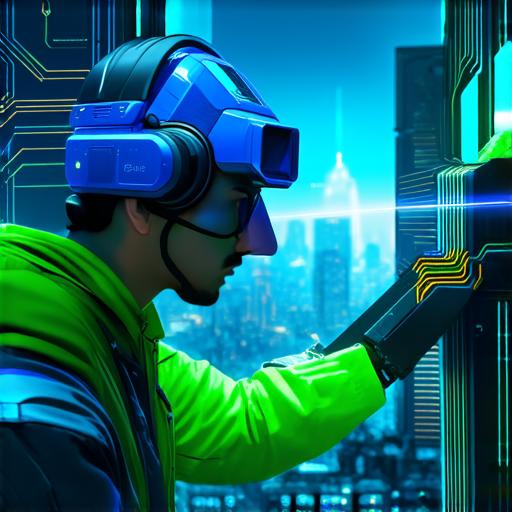
Augmented Reality (AR) is a technology that overlays digital information on the real world, allowing users to interact with virtual objects and environments in real-time. AR has its roots in computer science and human-computer interaction research, and has been evolving over the past several decades.
The concept of AR can be traced back to the 1960s, when researchers at MIT’s Computer Science and Artificial Intelligence Laboratory began experimenting with ways to display information in the real world using computer technology. One of the early pioneers of AR was Ivan Sutherland, who developed a system called “Sword of Damocles” in 1968.
This system used a head-mounted display to overlay digital graphics onto the user’s field of view, creating an immersive experience that allowed users to interact with virtual objects.
In the following decades, AR technology continued to evolve, with researchers developing new techniques for tracking and manipulating virtual objects in real time. One of the key breakthroughs in AR came in 1992, when researchers at the University of Illinois developed a system called “Virtual Reality Toolkit” that allowed developers to create interactive VR applications using standard programming languages.
This made it much easier for developers to create AR experiences and paved the way for widespread adoption of AR technology.
Over the past few years, AR has become increasingly popular, with companies like Apple, Google, and Microsoft all investing in AR development. AR is now being used in a wide range of applications, from gaming and entertainment to education and healthcare. In addition, advancements in machine learning and artificial intelligence have made it possible to create more realistic and interactive AR experiences, further enhancing the user experience.
In conclusion, AR technology has come a long way since its early beginnings in the 1960s. From Ivan Sutherland’s “Sword of Damocles” system to today’s advanced AR applications, AR has proven to be a powerful tool for creating immersive and interactive experiences. With continued research and development, we can expect AR technology to continue to evolve and play an increasingly important role in our daily lives.
